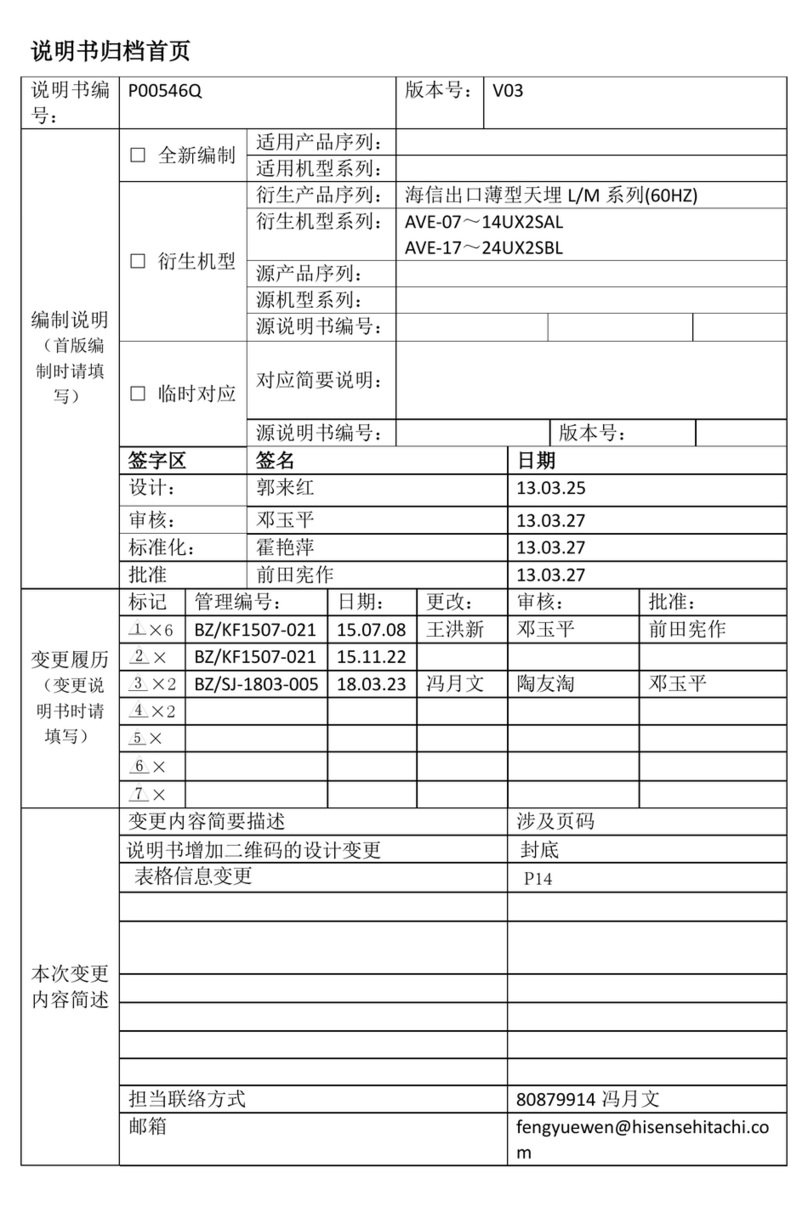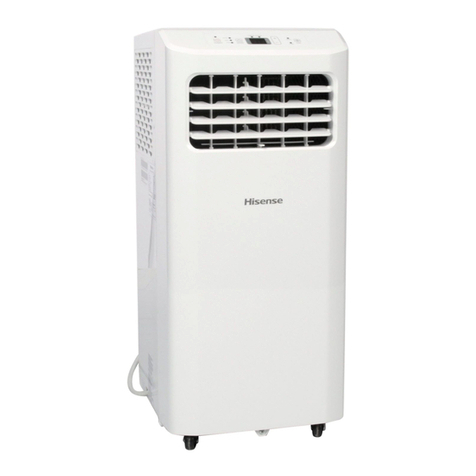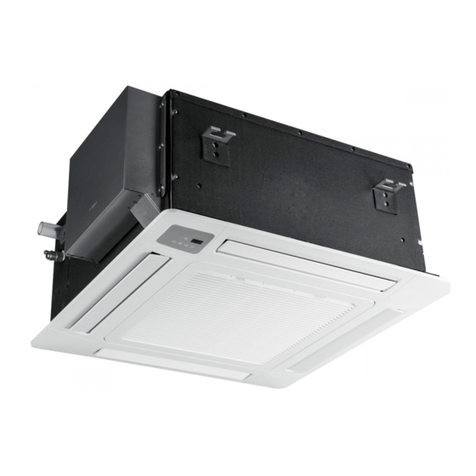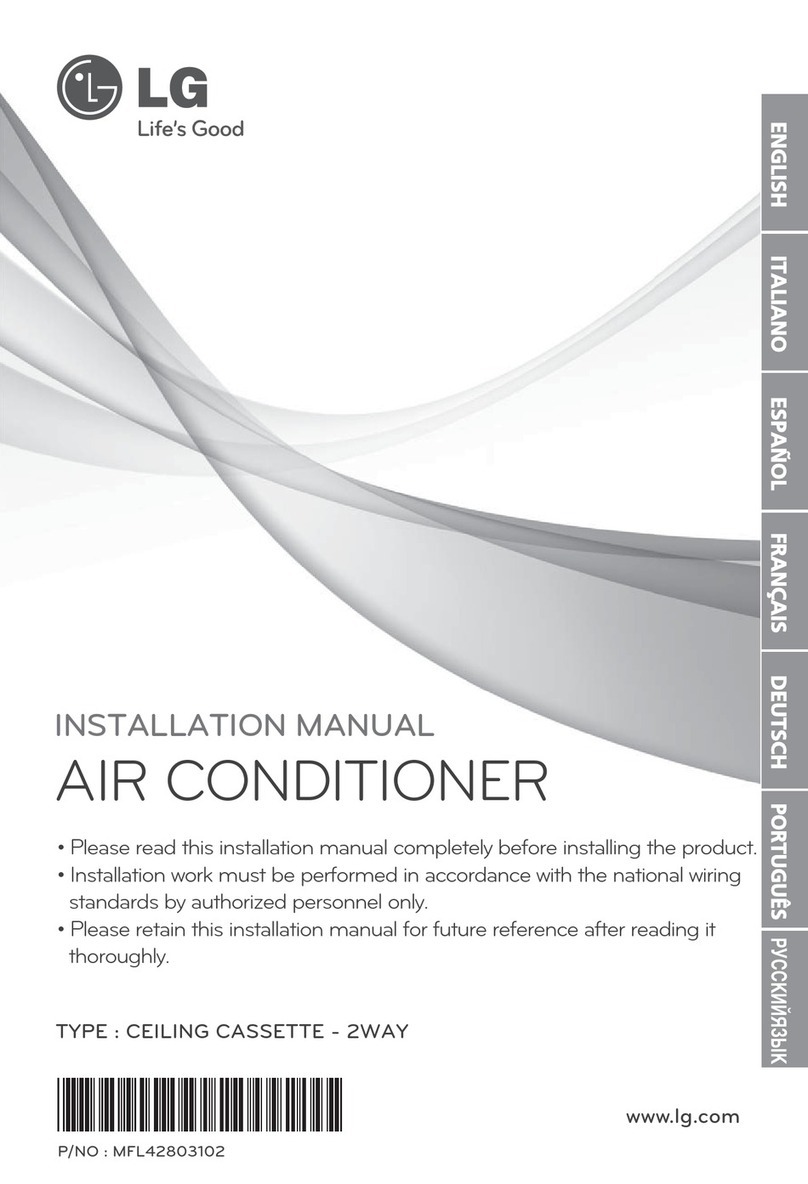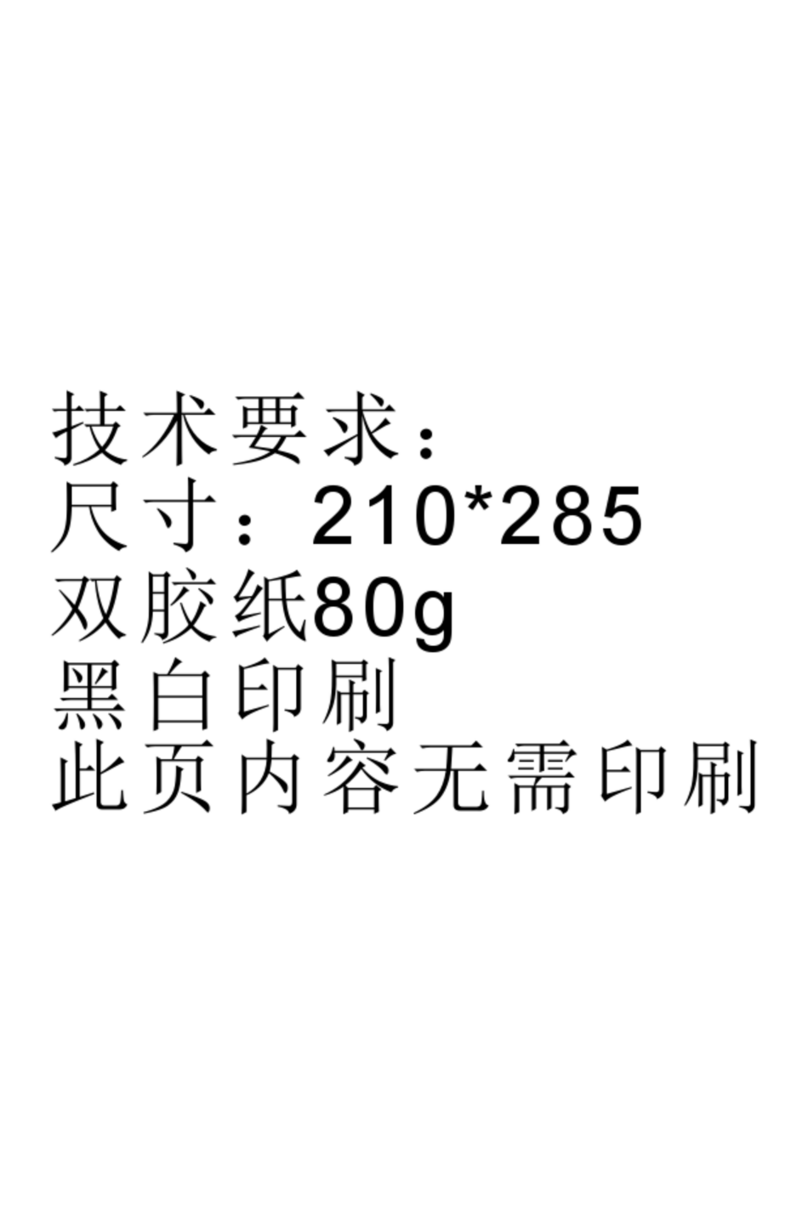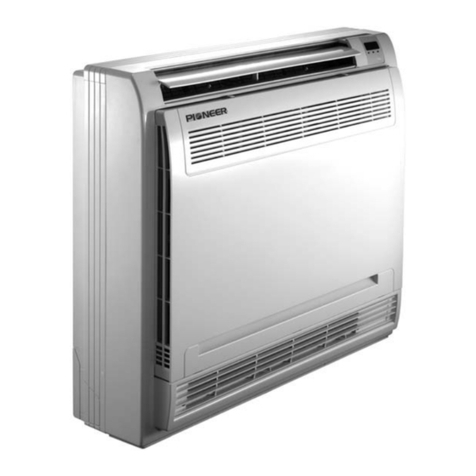Hisense KF-1802GWE Parts list manual
Other Hisense Air Conditioner manuals
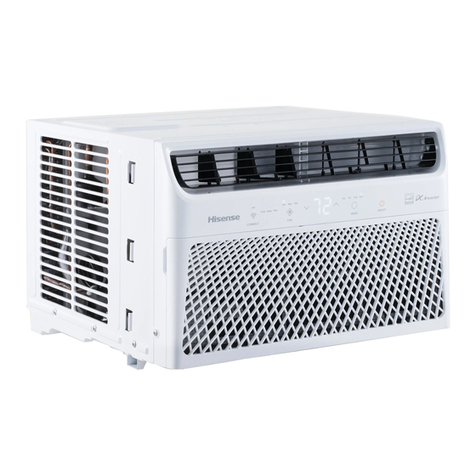
Hisense
Hisense AW0823TW1W Technical specifications

Hisense
Hisense AMW2-12U4RRA Operating manual

Hisense
Hisense AUD-18UX4SGKL User manual
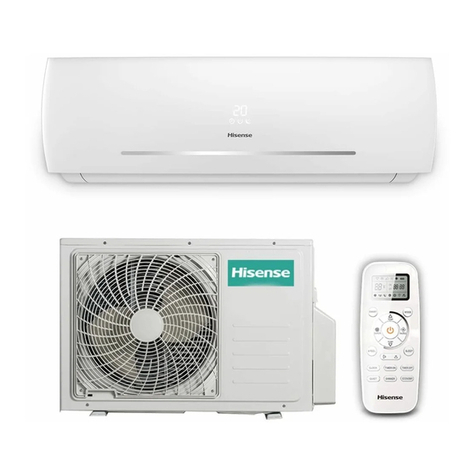
Hisense
Hisense AS-07HR4SYDDEB User manual
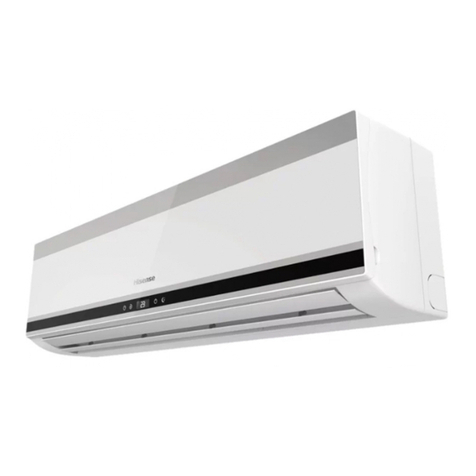
Hisense
Hisense AS-36HR4SDKVT User manual
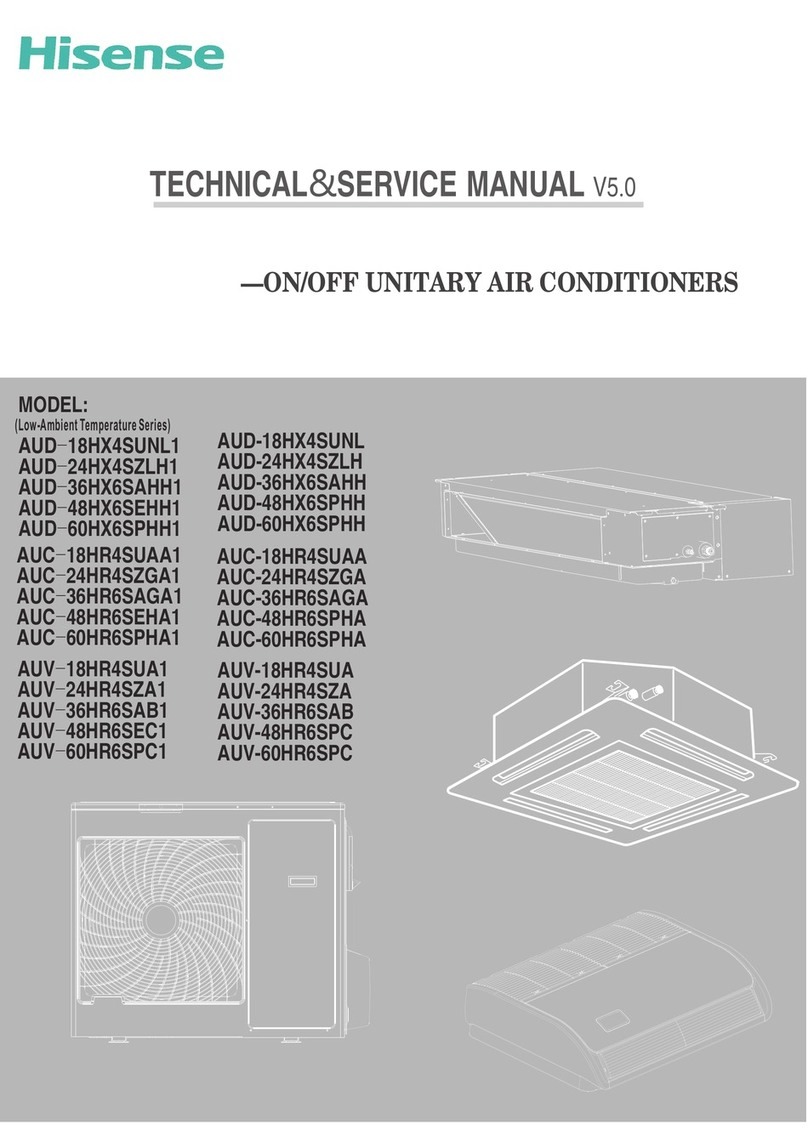
Hisense
Hisense AUD-18HX4SUNL1 Operating manual
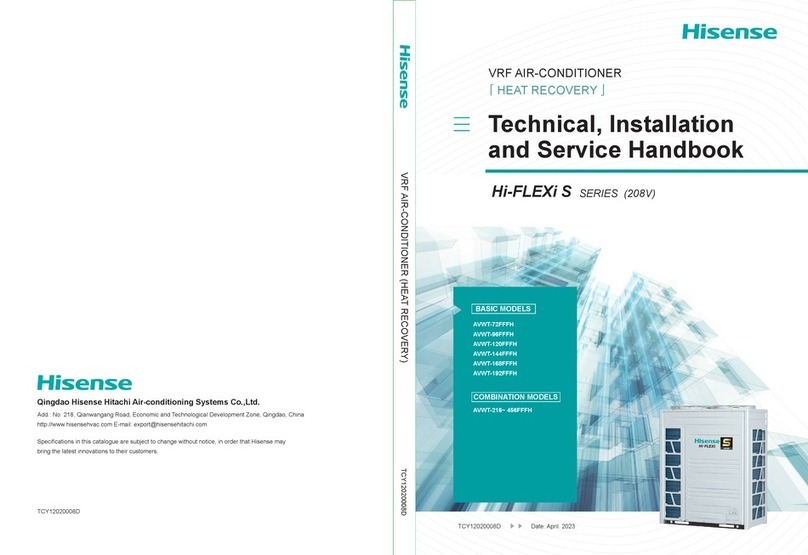
Hisense
Hisense Hi-FLEXi S Series Instruction Manual
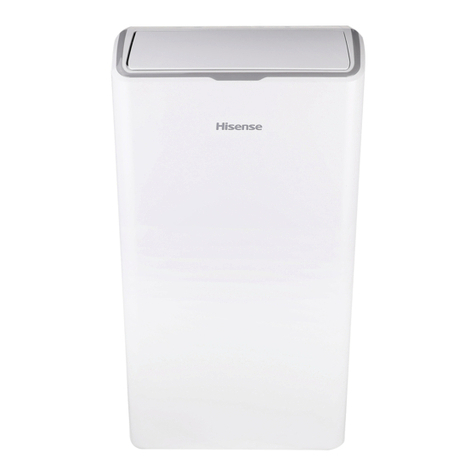
Hisense
Hisense AP1222CW1W Technical manual
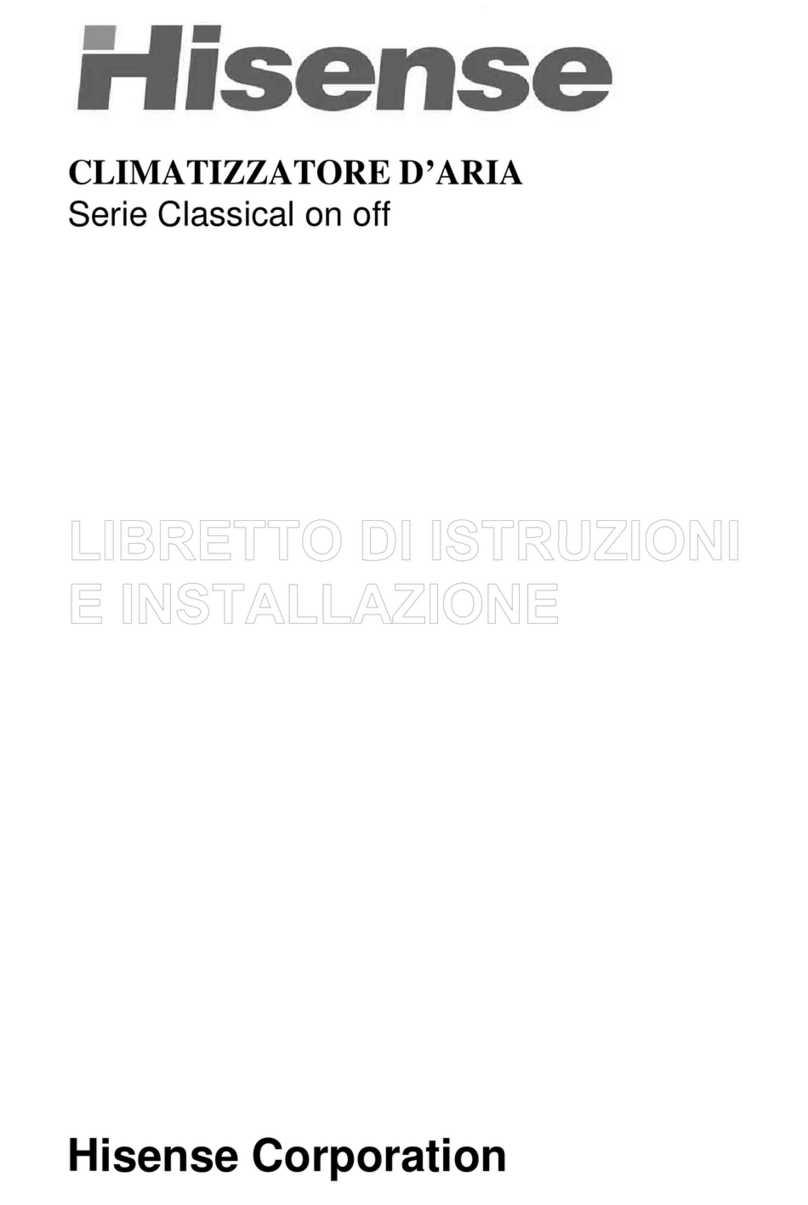
Hisense
Hisense AS-09HR4SVCUH User manual
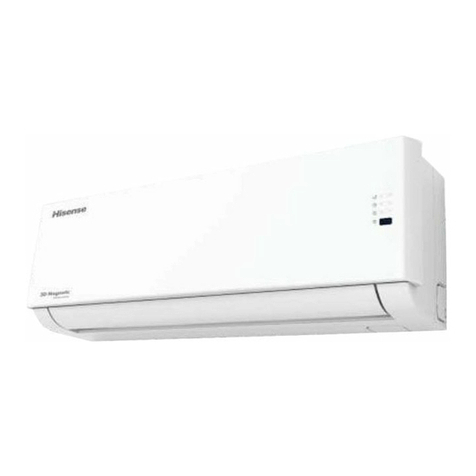
Hisense
Hisense AMS-07UR4SNZA3 User manual
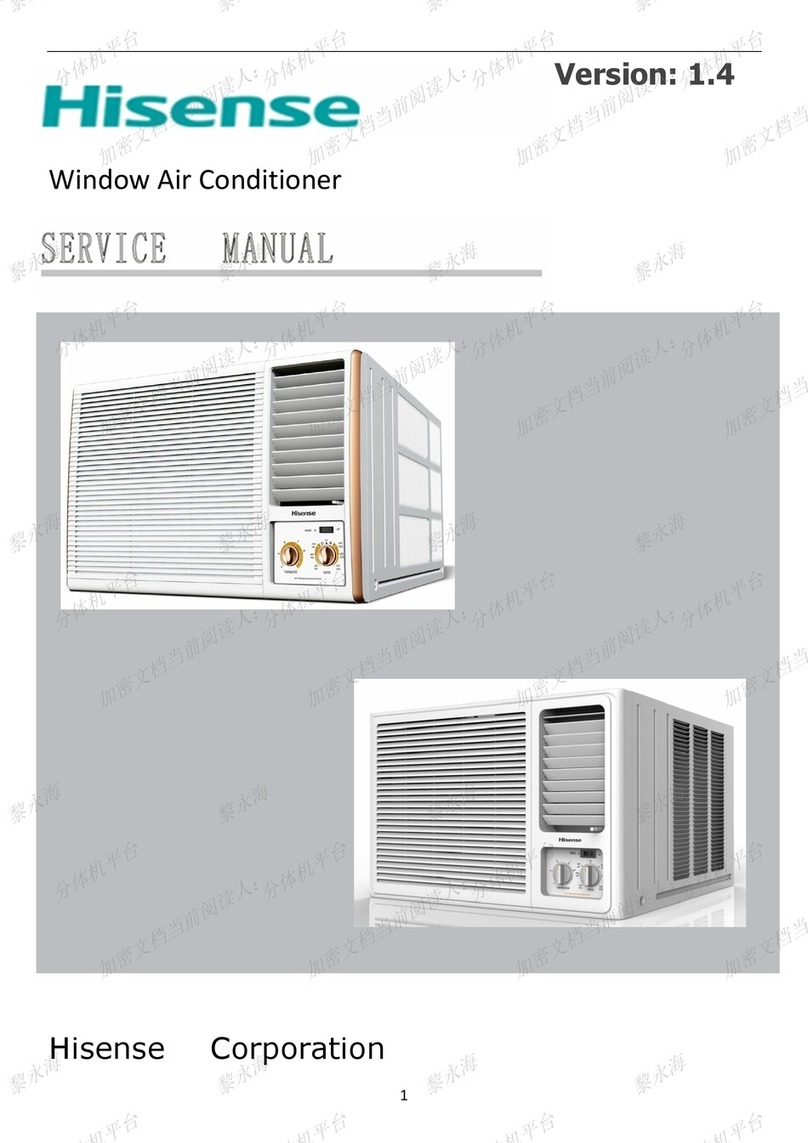
Hisense
Hisense AW-08CW1RVFUE20 User manual
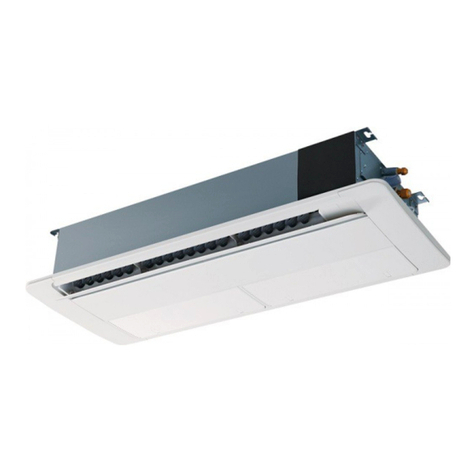
Hisense
Hisense AVY-07UXJSJA Instruction Manual
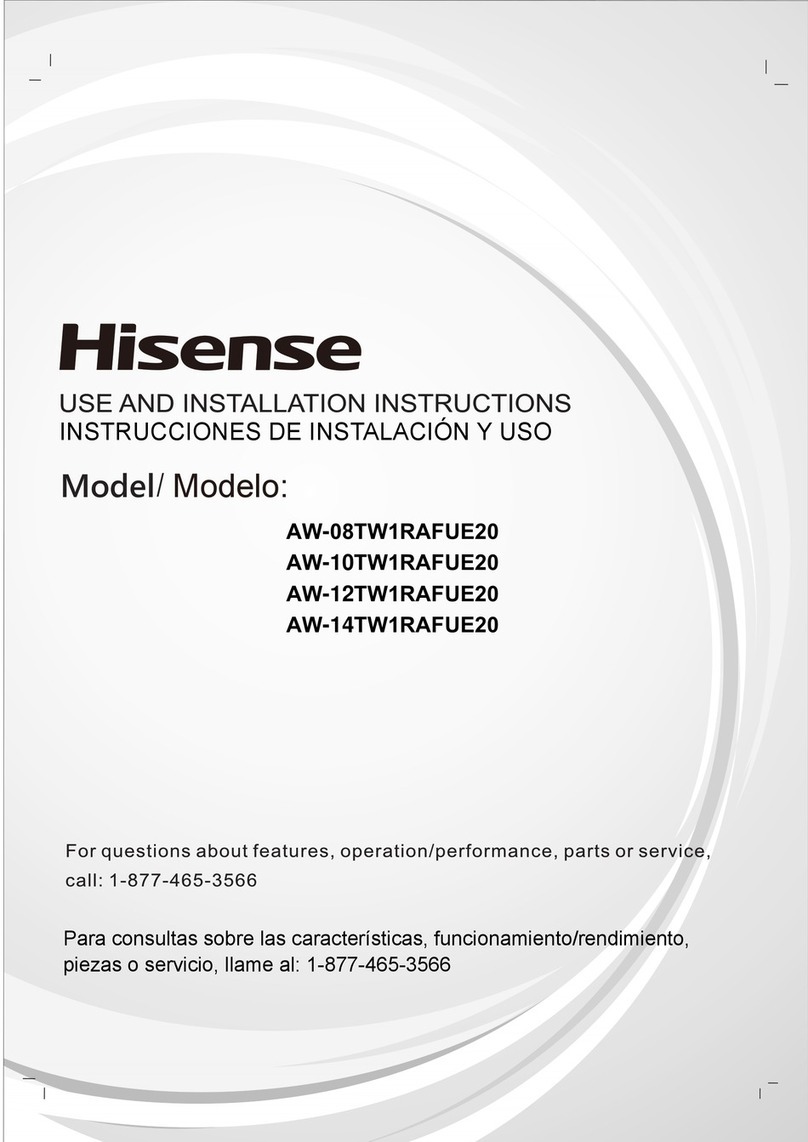
Hisense
Hisense AW-08TW1RAFUE20 Technical manual

Hisense
Hisense AS-09UR4RYRCA01 Quick reference guide
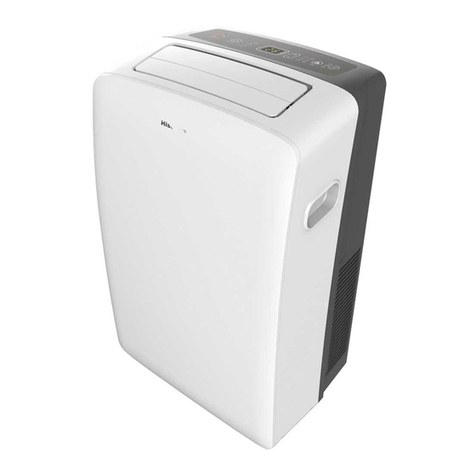
Hisense
Hisense APC09 Technical manual

Hisense
Hisense AUV-18HR4SUA User manual
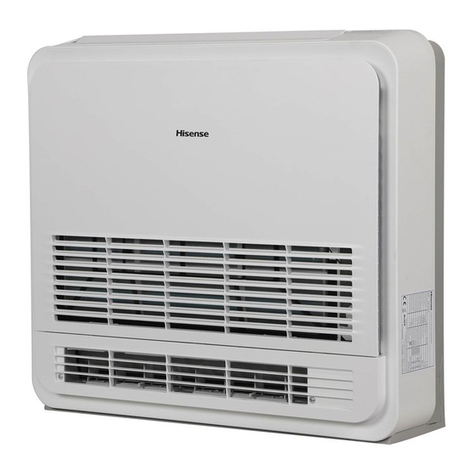
Hisense
Hisense AKT26UR4RK4 Technical manual

Hisense
Hisense AVWW-28UCSA Instruction Manual

Hisense
Hisense AW1823TW3W Technical specifications
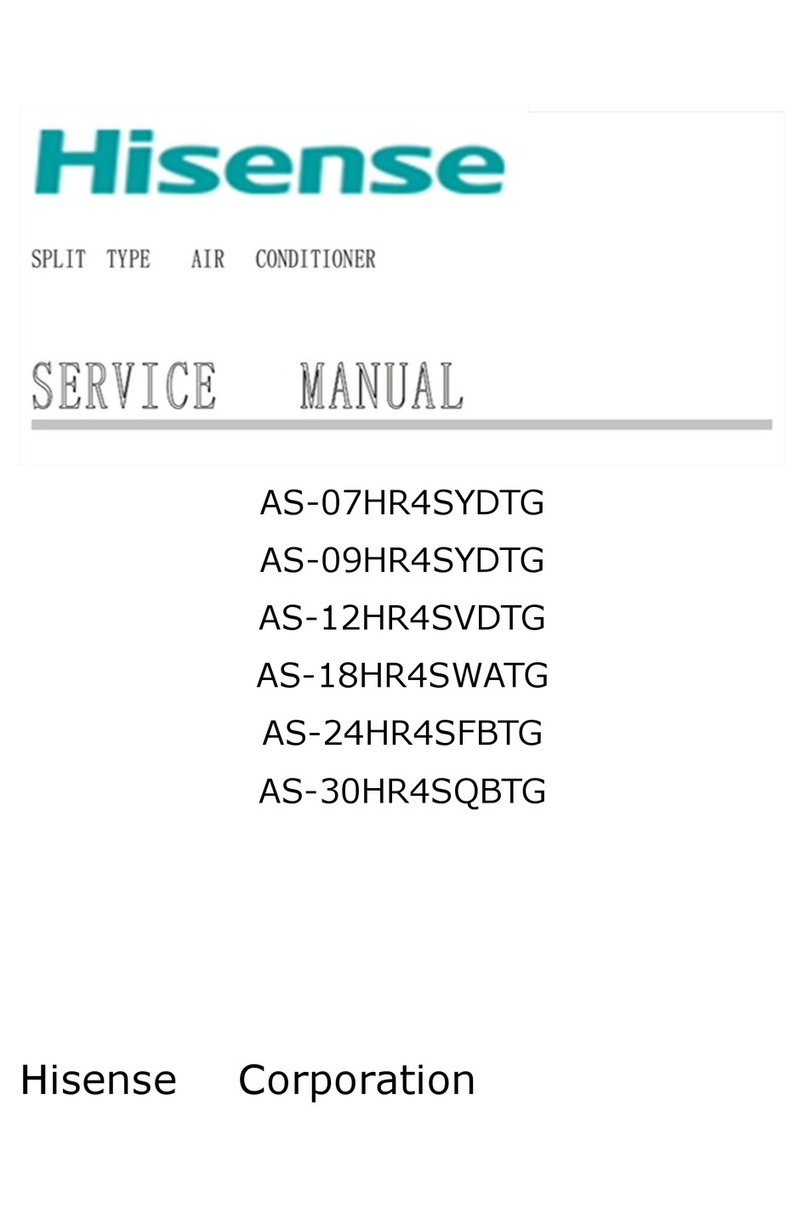
Hisense
Hisense AS-07HR4SYDTG User manual
Popular Air Conditioner manuals by other brands
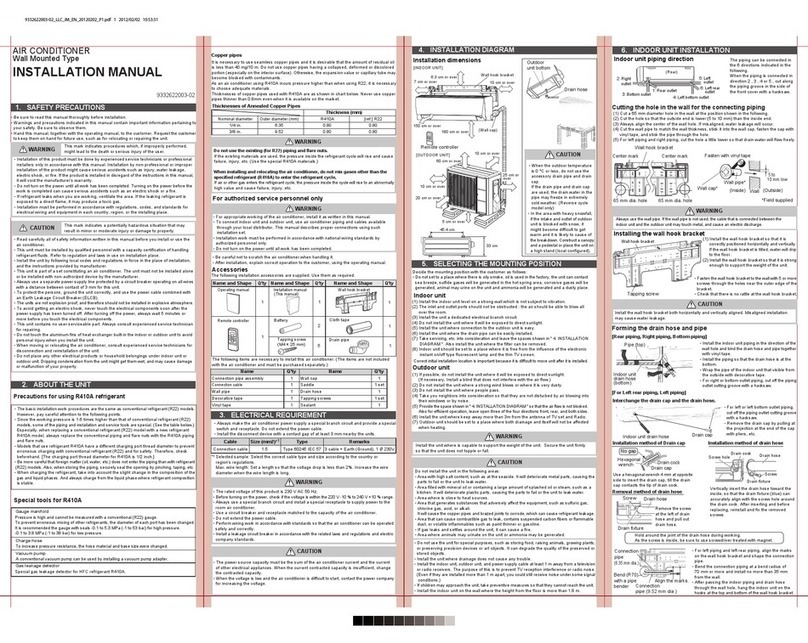
Fujitsu
Fujitsu ASYG 09 LLCA installation manual

York
York HVHC 07-12DS Installation & owner's manual
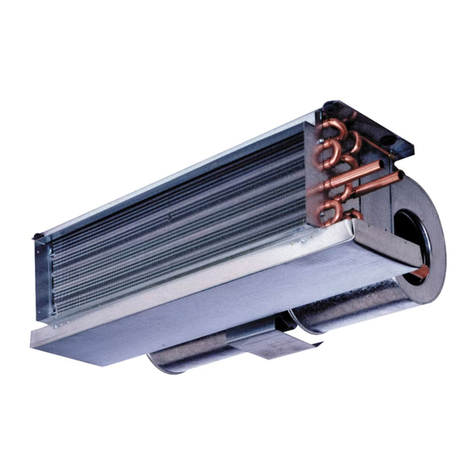
Carrier
Carrier Fan Coil 42B Installation, operation and maintenance manual
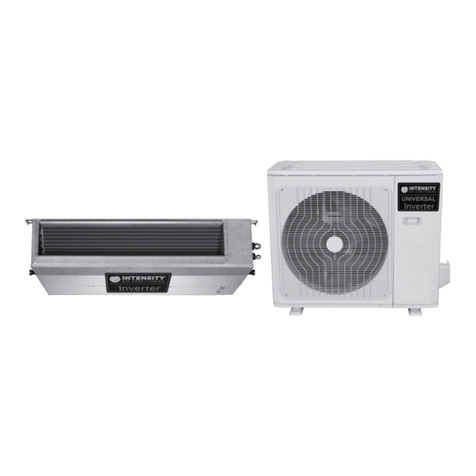
intensity
intensity IDUFCI60KC-3 installation manual
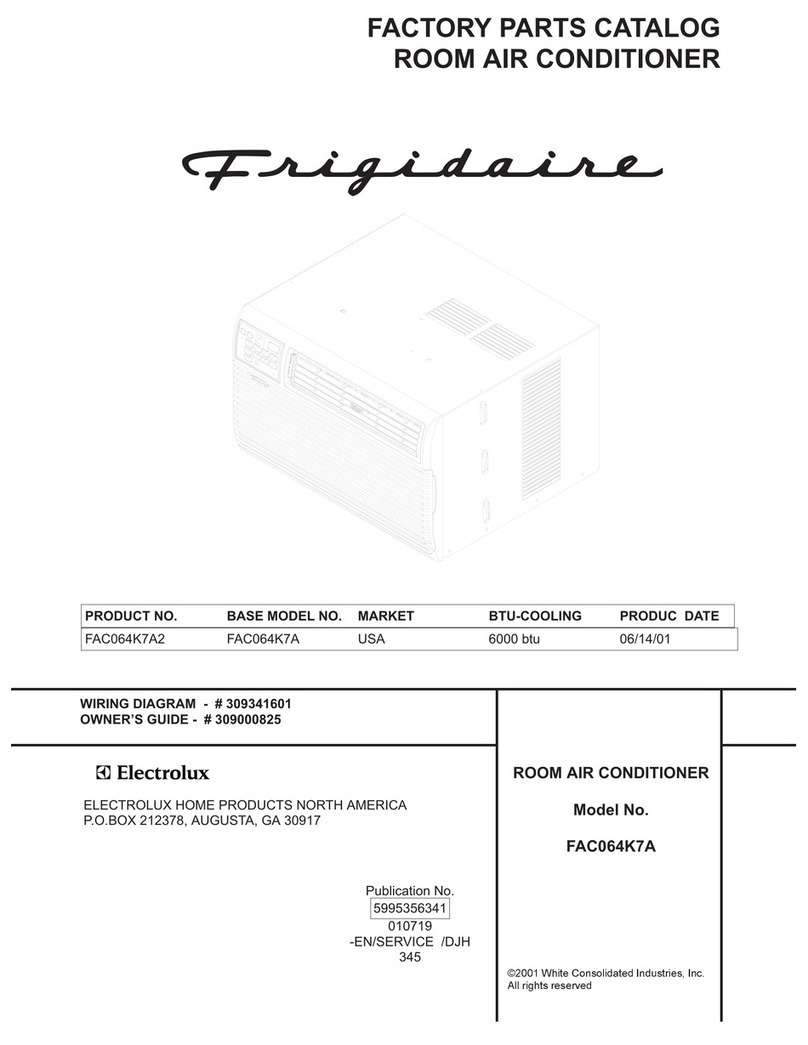
Frigidaire
Frigidaire FAC064K7A2 Factory parts catalog
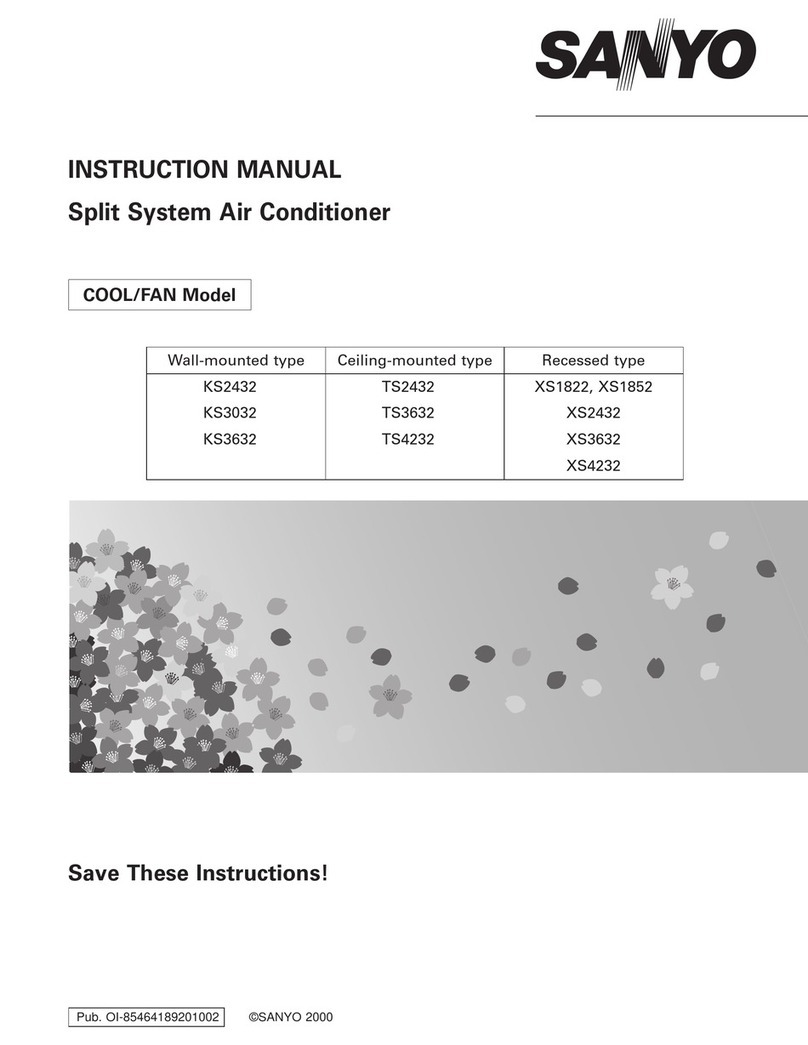
Sanyo
Sanyo KS2432 instruction manual

Mitsubishi Electric
Mitsubishi Electric PUHZ-RP50VHA4 Service manual

Panasonic
Panasonic CS-S18HKQ Service manual
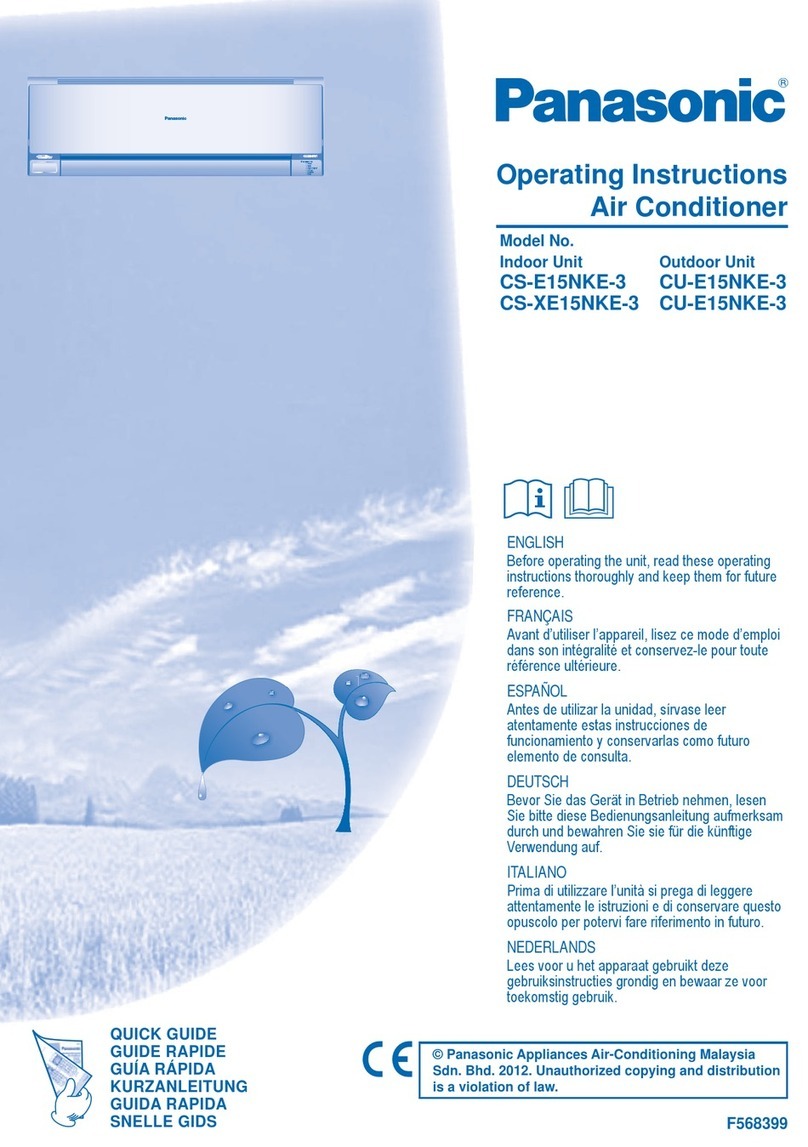
Panasonic
Panasonic CS-E15NKE3 operating instructions
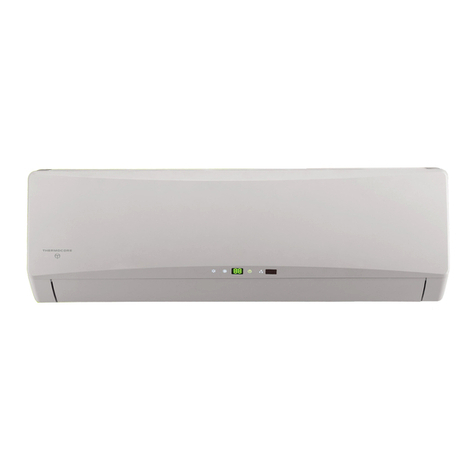
Gree
Gree GWH18TC-K3DNA1B/I Service manual
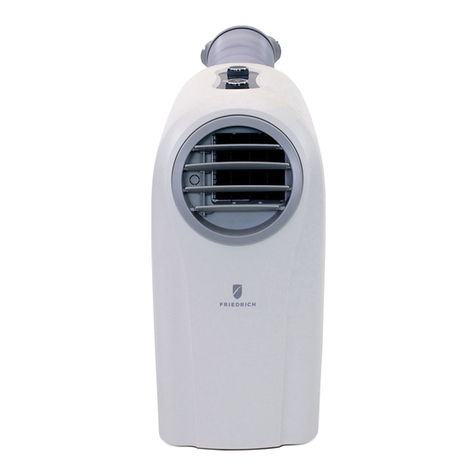
Friedrich
Friedrich ZoneAire Compact P08SA owner's manual

Daikin
Daikin R32 Split Series installation manual

